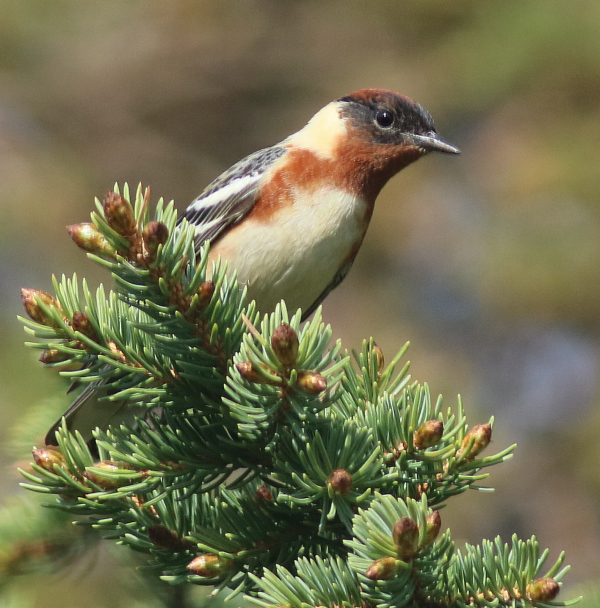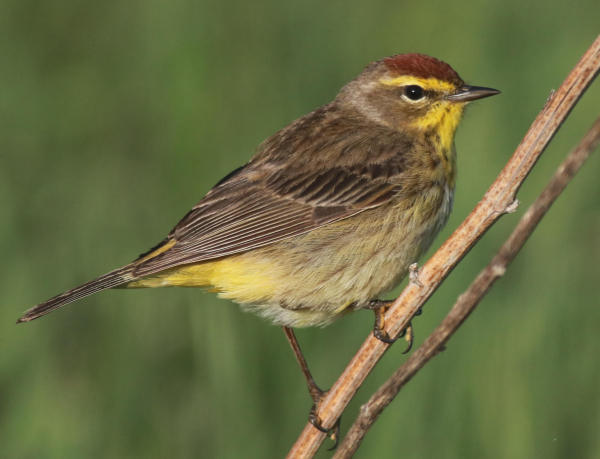
A high percentage of neotropical warblers nest in the Boreal Forest, such as Bay-breasted Warblers and Blackpoll Warblers (photos by Paul Konrad).

|
Global climate meetings are underway at the 26th Conference of the Parties (COP-26) to the United Nations Framework Convention on Climate Change in Glasgow, Scotland through November 12th. We often hear about the importance of the Amazon rainforest for its carbon storage values, but it’s important to appreciate that some of the world’s largest stores of carbon are found in the Boreal Forest that spans a huge area from New England west across Canada and Alaska. Billions of birds nest in the Boreal Forest each year, including nearly 400 species of birds!
The Boreal Forest is one of the world’s largest forest biomes, and the billions of birds it attracts during each nesting season migrate south to connect this important region with landscapes stretching from the continental United States, Mexico, and Caribbean islands south to Central America and vast areas of South America – including the Amazon basin’s extensive tropical rainforest. A few species even winter in areas of Asia, Europe, Africa, and Australia.
Birds, forests, and all of us can benefit from the actions of world leaders gathered at the UN Conference, and it can have a profound impact on our future, as well as the future of our children and grandchildren, and for generations to come. But when it comes to finding solutions to help address climate change and protect biodiversity, we can start with the understanding that some of the world’s largest land-based stores of carbon are found in the Boreal Forest, and that the habitats created there provide all-important nesting sites for a variety of birds, including some of our most valued songbirds.
To learn more about the Boreal Forest and its importance to addressing climate change in expedient and effective ways, Audubon provides an in-depth account about the expansive belt of forest that crosses the continent south of the Arctic at Boreal Forest Offers Hope in the Face of Climate & Biodiversity Crises | Audubon